FRUTO OSCURO: Exploring the World of Dark Fruits in Perfume
The Allure of Dark Fruits in Perfumery
Dark stone fruits add a touch of magic to perfumery, infusing fragrances with their irresistible charm and depth, bringing a seductive and mysterious quality to fragrances. They evoke images of indulgent desserts and ripe, forbidden flavors, making them a captivating choice for those who seek something beyond the ordinary.
The Story Behind FRUTO OSCURO
FRUTO OSCURO, translating to "Dark Fruit," is a mouthwatering fragrance that pays homage to Latin heritage, drawing inspiration from centuries-old dessert recipes and native Mexican ingredients, combining the unexpected notes of fleshy fruits with the ancient allure of Guaiacwood. Inspired by the richness of our Latin heritage, and created in partnership with Mexican perfumer, Rodrigo Flores-Roux, this scent harnesses the essence of time.
It carries a pungent bite of black pepper with a burst of juicy Mexican black cherries - the kind that stain the fingertips red. Decadent and slightly tart, its smoky sweetness brings a familial warmth.
This perfume captures the essence of indulgence and mystery, blending dark fruity accords with aromatic spices and earthy undertones. From the juicy sweetness of capulin to the creamy decadence of zapote, it’s a testament to the artistry of scent-making and the rich tapestry of flavors that inspire us.
Exploring the Fruit Notes of FRUTO OSCURO
Capulin (Mexican Black Cherry):
The word capulin stems from the Nahuatl (Aztec) word capolcuahuitl, meaning wild black cherry. Also known as the Mexican bird cherry, capulin is the fruit of the tree that carries the same name. Known as an important resource for daily consumption, this fruit has remained an everyday ingredient in Mexican cuisine, used to make juice, syrup, jams, wine, and medicine.
The Mexican black cherry, known as Capulin, takes center stage in FRUTO OSCURO and is one of the first ingredients recognized upon immediate application. The dark and juicy stone fruit offers a rich syrupy aroma tempered by a subtle tartness. Its intense aroma adds depth and complexity.
Zapote Negro (Black Sapote):
The word zapote stems from the Nahuatl (Aztec) word tzapotl, meaning soft, sweet fruit. Known to many as the chocolate pudding fruit, black sapote is an indulgent delicacy that one ripe begins to crack, revealing a creamy and opaque dark jam that best resembles a gooey brownie, or perhaps if familiar, molé paste.
Zapote brings a creamy and tropical facet to FRUTO OSCURO. This stone fruit is prized for its velvety texture and sweet, custard-like flavor. In the fragrance, zapote enhances the overall richness, creating a smooth and enticing backdrop that complements the dark cherry notes, creating a softer gourmand-feel to the fragrance.
Quince Jam:
An ancient fruit from the Quince tree that was used for everything from perfume to honey. Quince releases into the air a deep and honey-sweet floral, citrus and tropical-like scent that makes you want to eat it - although, when raw it is actually inedible, therefore is used to make jams and spreads. It's cooked flavor is much like a rose or violet, aromatic and dry - softening the sweetness of the capulin.
Mamey (Mamey Sapote):
Related to the black sapote, the mamey sapote (Pouteria Sapota) is a species of tree native to Mexico and Central America. It bears an orange-fleshed stone fruit that has a taste compared to brown sugar-covered sweet potato, with notes of pumpkin, caramel and cantaloupe often made into milkshakes and ice cream.
It's marzipan-like scent has hints of cherry and squash that sweeten and balance Fruto Oscuro's heart of clove and black pepper.
Blackberry:
A final touch of dark fruitiness, blackberry enhances the overall richness and depth of the composition.



Leave a comment
This site is protected by hCaptcha and the hCaptcha Privacy Policy and Terms of Service apply.